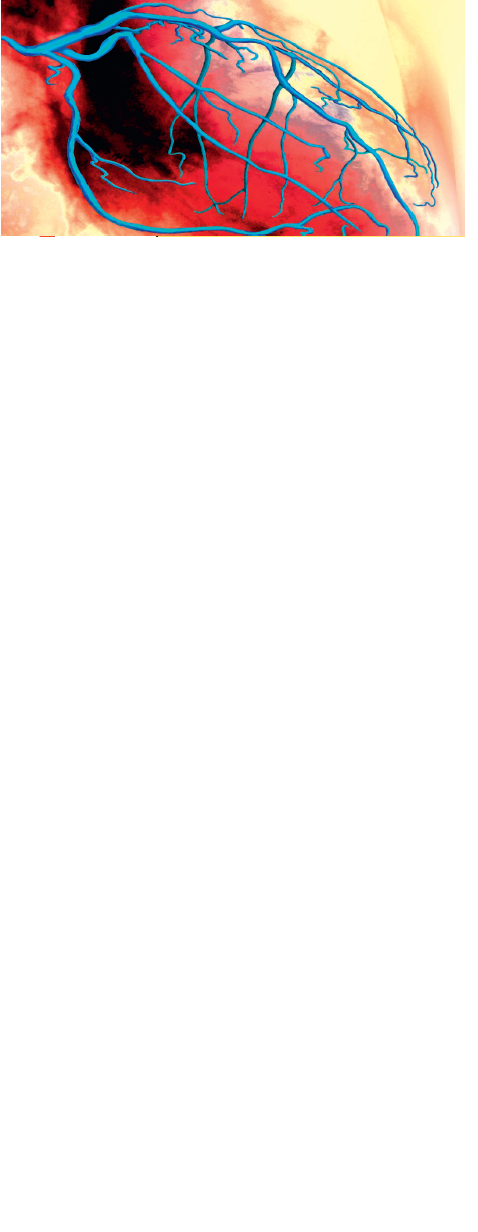
The Blood, Heart and Circulation
To maintain homeostasis, essential materials such as O2 and nutrients must continually be picked up from the external environment and delivered to the cells, and waste products must continually be removed. Furthermore, excess heat generated by muscles must be transported to the skin where it can be lost from the body surface to help maintain body temperature. Homeostasis also depends on the transfer of hormones, which are important regulatory chemical messengers, from their site of production to their site of action. The circulatory system, which contributes to homeostasis by serving as the body’s transport system, consists of the heart, blood vessels, and blood.
All body tissues constantly depend on the life-supporting blood flow the heart provides them by contracting, or beating. The heart drives blood through the blood vessels for delivery to the tissues in sufficient amounts, whether the body is at rest or engaging in vigorous exercise.The blood vessels transport and distribute blood pumped through them by the heart to meet the body’s needs for O2 and nutrient delivery, waste removal, and hormonal signaling. The highly elastic arteries transport blood from the heart to the organs and serve as a pressure reservoir to continue driving blood forward when the heart is relaxing and filling. The mean arterial blood pressure is closely regulated to ensure adequate blood delivery to the organs. The amount of blood that flows through a given organ depends on the caliber (internal diameter) of the highly muscular arterioles that supply the organ. Arteriolar caliber is subject to control so that flow to particular organs can be variably adjusted to best serve the body’s needs at the moment. The thin-walled capillaries are the actual site of exchange between blood and surrounding tissue cells. The highly distensible veins return blood from the organs to the heart and serve as a blood reservoir.
Blood is the vehicle for long-distance, mass transport of materials between the cells and external environment or between the cells themselves. Such transport is essential for maintaining homeostasis. Blood consists of a complex liquid plasma in which the cellular elements—erythrocytes, leukocytes, and platelets—are suspended. Erythrocytes (red blood cells, or RBCs) are essentially plasma membrane–enclosed bags of hemoglobin that transport O2 in the blood. Leukocytes (white blood cells, or WBCs), the immune system’s mobile defense units, are transported in the blood to sites of injury or of invasion by disease-causing microorganisms. Platelets (thrombocytes) are important in hemostasis, the stopping of bleeding from an injured vessel.
At the end of the lesson students will be able to learn;
Functions of cardiac muscle, Conducting system of the Heart, ECG: recording and interpretation, Types of blood vessels and their function, Blood flow and its regulation, Arterial pulse, Blood pressure and its regulation, Cardiac output and its control, Heart sounds and murmurs and control of venous return and its regulation
Composition and general functions of blood, Plasma proteins their production and function, Erythropoiesis and red blood cell functions, Anemia and its different types. Function, production and type of white blood cells, Function and production of platelets, Hemostasis and different types of antibodies and immunity.


